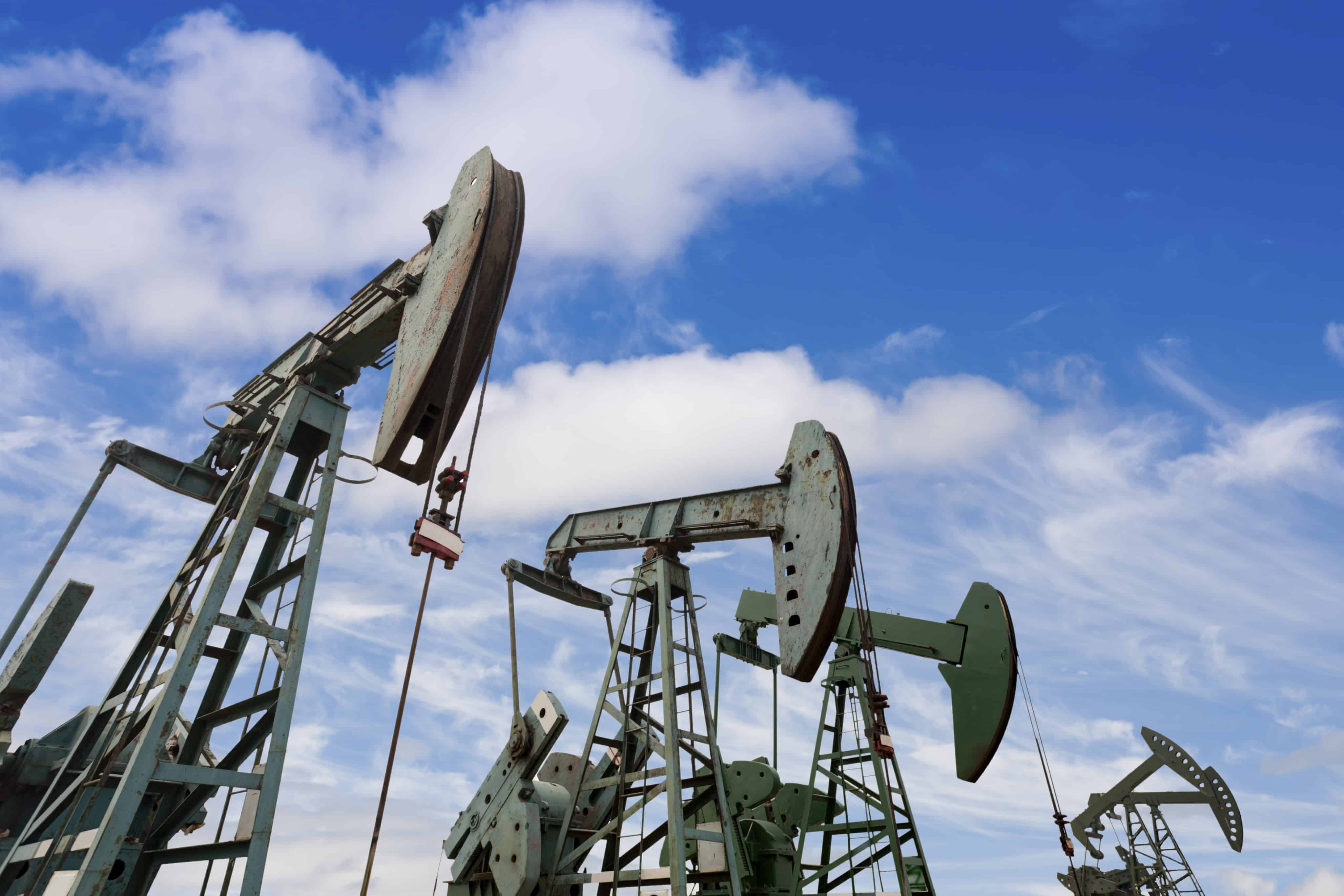Oil has rallied sharply in recent days to see West Texas Intermediate (WTI) trading at close to $65 per barrel and Brent, which recently broke through the $70-per-barrel barrier, has pulled back to be trading around US$68 a barrel. There is considerable conjecture that escalating conflict in the Middle East coupled with a broad range of other geopolitical risks will create supply constraints that could push crude to $100 per barrel before the end of 2018. It also appears that the bearish factors weighing on oil have been priced in by the market.
Nonetheless, it is difficult to see crude reaching US$100 a barrel before the end of 2018.
Now what?
What has surprised many pundits and created considerable optimism about the outlook for oil has been the sharp uptick in demand growth. The International Energy Agency (IEA), in mid-March 2018, revised upward its demand-growth estimates for 2018, forecasting that it would reach 1.5 million barrels daily compared to an earlier projection of 1.3 million barrels.
There is every sign that it could grow further.
You see, the IEA revised its forecast because of better-than-expected global economic growth, which has sparked greater demand for oil. In 2017, when global GDP expanded by 3.4% global energy consumption increased by 2.1%, which was double a year earlier, while oil demand growth came in at 1.6 million barrels.
For 2018, world GDP is projected to expand by 3.6%, which is 20 basis points (bps) higher than 2017, meaning that energy consumption and demand growth could expand at a greater rate than in 2017.
Many aspects of the supply side of the equation are also encouraging for higher prices.
There is the very real possibility that Trump will seek to terminate the nuclear agreement with Iran and reimpose sanctions, which, according to some analysts, could remove up to 500,000 barrels daily from global supplies.
The ongoing crisis in Venezuela is causing that nation’s oil production to deteriorate at a rapid clip, falling to a low of 1.5 million barrels daily in February 2018, which is almost 20% lower than in 2017. While the ongoing civil war in Libya is triggering numerous outages of its production and transportation infrastructure, causing the strife-torn nation’s oil output to fall.
These factors certainly bode well for higher oil.
Nevertheless, claiming that oil will reach US$100 during 2018 is a stretch.
This is because U.S. oil production is expanding at a rapid clip, and even OPEC has acknowledged that this will cause global oil supply growth to outstrip demand growth. The IEA has estimated that non-OPEC supply growth will reach 1.8 million barrels daily for 2018, which is 200,000 barrels greater than its recently revised demand-growth target.
Much of that increase in global oil supplies will come from the U.S., where the shale oil industry is drilling at a frantic pace, despite executives claiming they will act with constraint. The U.S. rig count is close to its highest point since late April 2015 and continues to climb, while production reached its highest point ever, since the U.S. Energy Information Administration (EIA) started collating data.
So what?
Rising U.S. shale oil production may not be as disastrous for oil prices as some analysts claim, but it will certainly cap the upside, preventing oil from reaching US$100 per barrel and causing them to be range bound for longer than originally thought.
However, that is not necessarily bad news for Canada’s energy patch.
Drillers like Crescent Point Energy Corp. (TSX:CPG)(NYSE:CPG) have slashed costs and improved the efficiency of their operations. That means many are free cash flow positive when WTI is at US$55 per barrel, yet their stocks have failed to keep pace with crude. Crescent Point has lost 11% for the year to date compared to WTI gaining 4%, indicating that it is attractively valued and should appreciate considerable once oil prices have stabilized above US$60 per barrel for a sustained period.







